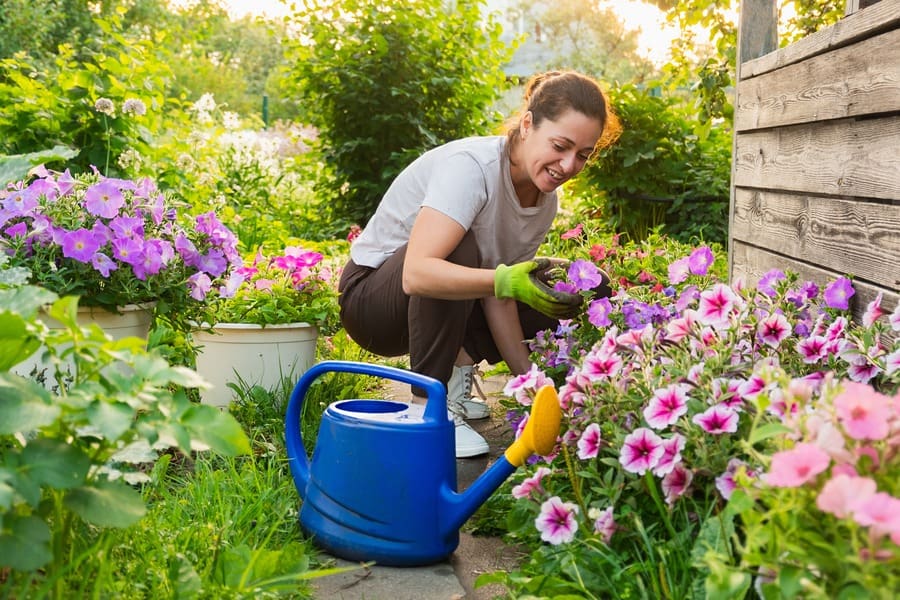Allow us to introduce you to the world of wildlife gardening, a way to create a delightful sanctuary for yourself and the vibrant living world around you. Wildlife gardening involves the provision of food, water, and habitats for wildlife in your backyard (or any outdoor space you have). It can be a medley of flowers, leaves, fruit, compost, decorative grasses, water sources, dense hedges, nest boxes, and more. The best part? There are no rigid rules, so you can indulge as much or as little as you desire. Here are some handy tips to get you started!
Provide Shelter
Trees and shrubs provide shelter for wildlife. No matter the size of your garden, think of it as a blank canvas where trees and shrubs act as your base; from there, you can plan around them, filling in spaces.
Weeds Happen
Weeds can be bothersome, but some are beneficial to wildlife. Research common weeds in your area and see if they offer any benefits to wildlife. If they do, consider keeping them around.
Bed + Breakfast
While you’re waiting for your plants to come in full force, consider providing feeding stations and nest boxes for birds and other small critters to call home.
A Water Source
A sink, tub, or bird bath provides a spot for aquatic plants and a water source for insects, birds, amphibians, and small mammals. If you have rocks in your wildlife garden, it’s always a great idea to hose them down for small amphibians and insects to enjoy.
Keep It Local
To support the local ecosystem, choose plants native to your area. Native plants are also adapted to local climate and soil conditions, making them more resilient and less likely to require additional care.
Keep Pest Control Wildlife-Friendly
Wildlife gardens attract all kinds of critters, including ones you didn’t necessarily want. Our best advice? Accept that these pests are inevitable and can make for a delicious meal for frogs, birds, and small mammals. Instead of chemical pesticides, consider natural pest control methods like companion planting or introducing beneficial insects.
Benefits of Wildlife Gardening
Now that you better understand wildlife gardens, here are just a few of the many benefits.
You’re Helping Wildlife
Think of your yard as a five-star wildlife Airbnb. Whether these animals call the area home or are just passing through, you’re providing them with everything they need in one spot.
What, Like It’s Hard?
Wildlife gardens are easier to maintain than other forms of gardening. Native plants, perfectly adapted to your region, will thrive and practically care for themselves. And, since a wildlife garden is meant to be a little untamed, there’s not much upkeep required.
One With Nature
Having a wildlife garden will bring you closer to nature, which can help reduce stress and restore balance. Imagine colorful butterflies fluttering around your flowers, birds chirping in your trees, and maybe even a hedgehog or two snuffling through your undergrowth.
Final Thoughts
Venturing into the realm of wildlife gardening offers an enriching journey toward coexistence with nature. It allows us to not only enhance biodiversity but also cultivate a deeper appreciation for the intricate web of life surrounding us.






